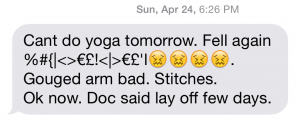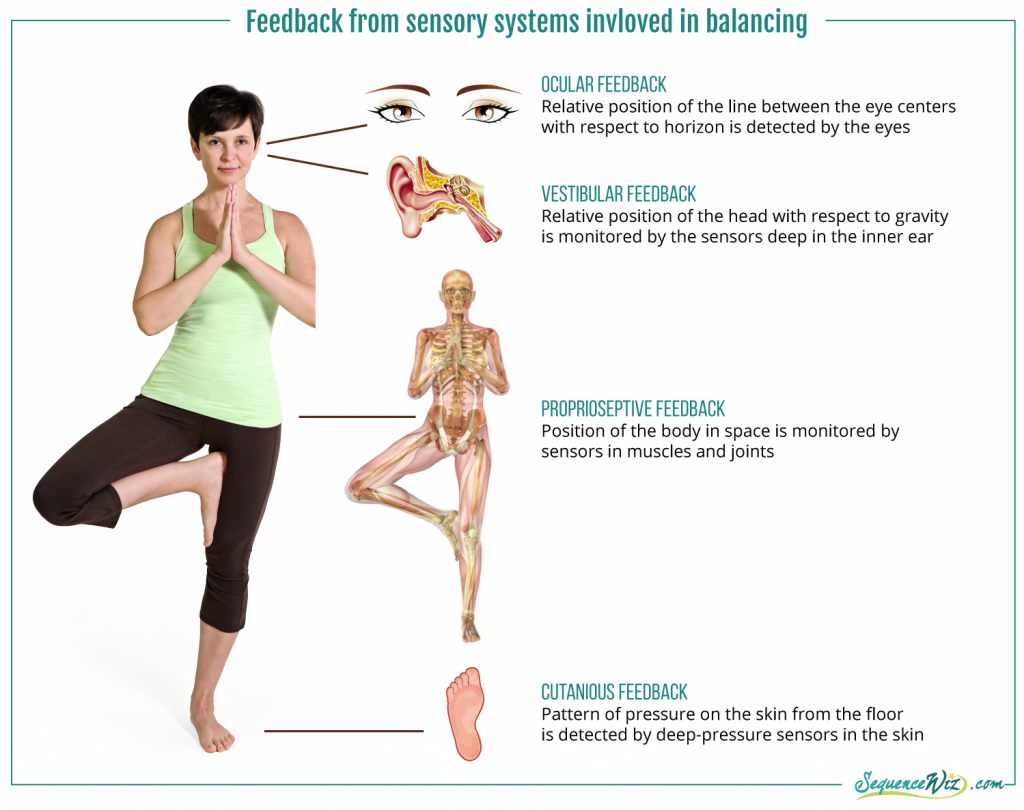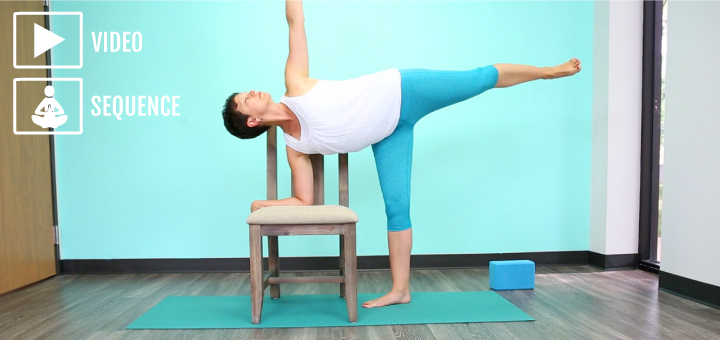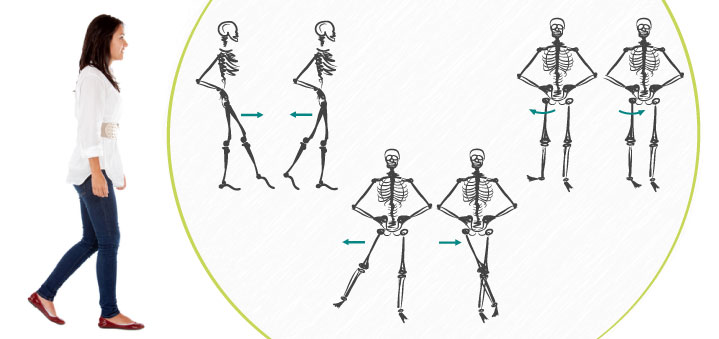How to minimize the risk of falling in our daily lives
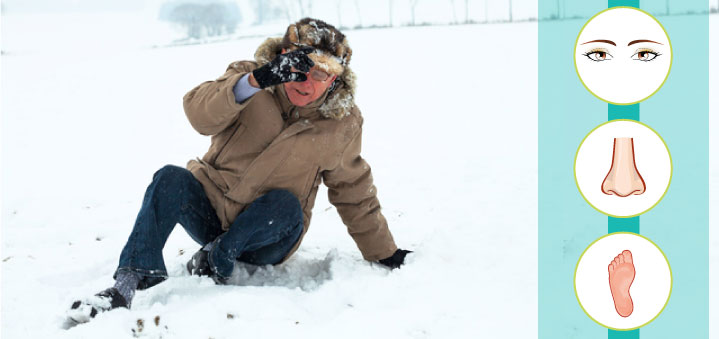
About a month ago, I got this text message from my yoga student: “Can’t do yoga tomorrow. Fell again. Gouged arm bad. Stitches. OK now. Doc said lay off few days.” After further exchange, I found out that she had tripped on the crack in the sidewalk while rushing home to see her daughter while carrying a big bulky flowerpot. She also had a sinus headache at the time. This example illustrates three main elements beyond muscular weakness or lack of coordination that can compromise our balance in daily life and lead to falls. They involve malfunctioning of the main sensory systems involved in the act of balancing:
1. Obstructed eyesight. When we cannot see where we are going, we are more likely to miss a step or trip on something. Ocular feedback is one of the ways our brains determine the body’s position in space. The eyes detect the relative position of the line between the eye centers with respect to the horizon. Your balance is best when you can see clearly with both eyes. You have to exercise extra caution when you are carrying something bulky in your hands that obstructs your vision, even if you can still see with one eye.
2. Sinus or inner ear issues. Those interesting cavities that we have in our heads affect the way we perceive the body’s position in space. Everybody knows that inner ear problems affect your sense of balance, but sinus infections can do the same thing. “Inflammation of the sinus membranes disturbs the sense of balance. When you move your head forward, the inflamed membranes and mucus make your head feel heavier. This changes the way your brain perceives the head position and makes you feel off balance. The unequal swelling also throws off your balance.” (1) This might also be true if you have severe allergies, so we have to be extra careful when we are experiencing sinus issues.
3. Rushing and/or being distracted. When we rush around, we are usually consumed with our internal monologue and pay less attention to our surroundings. Moving on autopilot, we are less likely to notice the crack in the sidewalk or some obstacle in the way. This also means that our brains are preoccupied with mental chatter instead of closely monitoring the proprioceptive and cutaneous feedback. In fact, we are more likely to slip or stumble even without any obstacles simply because we are not paying attention to what our bodies are doing. The solution? Slow down! Take time to pay attention to your surroundings, as well as your presence in your own body. Walking gives us an excellent opportunity to train attention and focus.
All of the issues above can be made worse by medication or alcohol, so be careful when you consume those. There is a host of other neurological, brain, and inner ear issues, as well as low and high blood pressure, that can interfere with the functioning of each one of those systems and lead to balance problems. If you experience dizziness on a regular basis, you should see a doctor and follow your doctor’s recommendations in dealing with those serious issues. Those types of concerns are beyond the scope of this article.
In addition, continuously training your balance in your yoga practice will help you feel more confident in your body, recover your balance with more ease if it becomes compromised, AND fall with less damage to your body. This is a very important point that often goes overlooked. No matter who you are and how much you work on balance, you will probably fall a few times in your lifetime. You are less likely to seriously injure yourself if your body can fold easily. If your body is rigid and brittle, you will be more likely to break something. Everything you are already doing in your yoga practice is preparing you to handle the unexpected challenges to your body when they come up. It is also training you to be able to get up if you fall down (as long as you frequently practice transitioning down to the ground and up off the floor in your yoga practice). For the student of mine that I described above, the only consequences of the fall were a bruised knee and a cut from a broken flowerpot. For a 73-year old it could have been much worse. Some of it is luck, of course, but I am sure some of it is the result of the work that she does in her yoga practice.

The best way to train your balance is to integrate simple balancing movements into your daily life. This short yoga practice will help you strengthen your hips and ankles while training your balance wherever you are.

